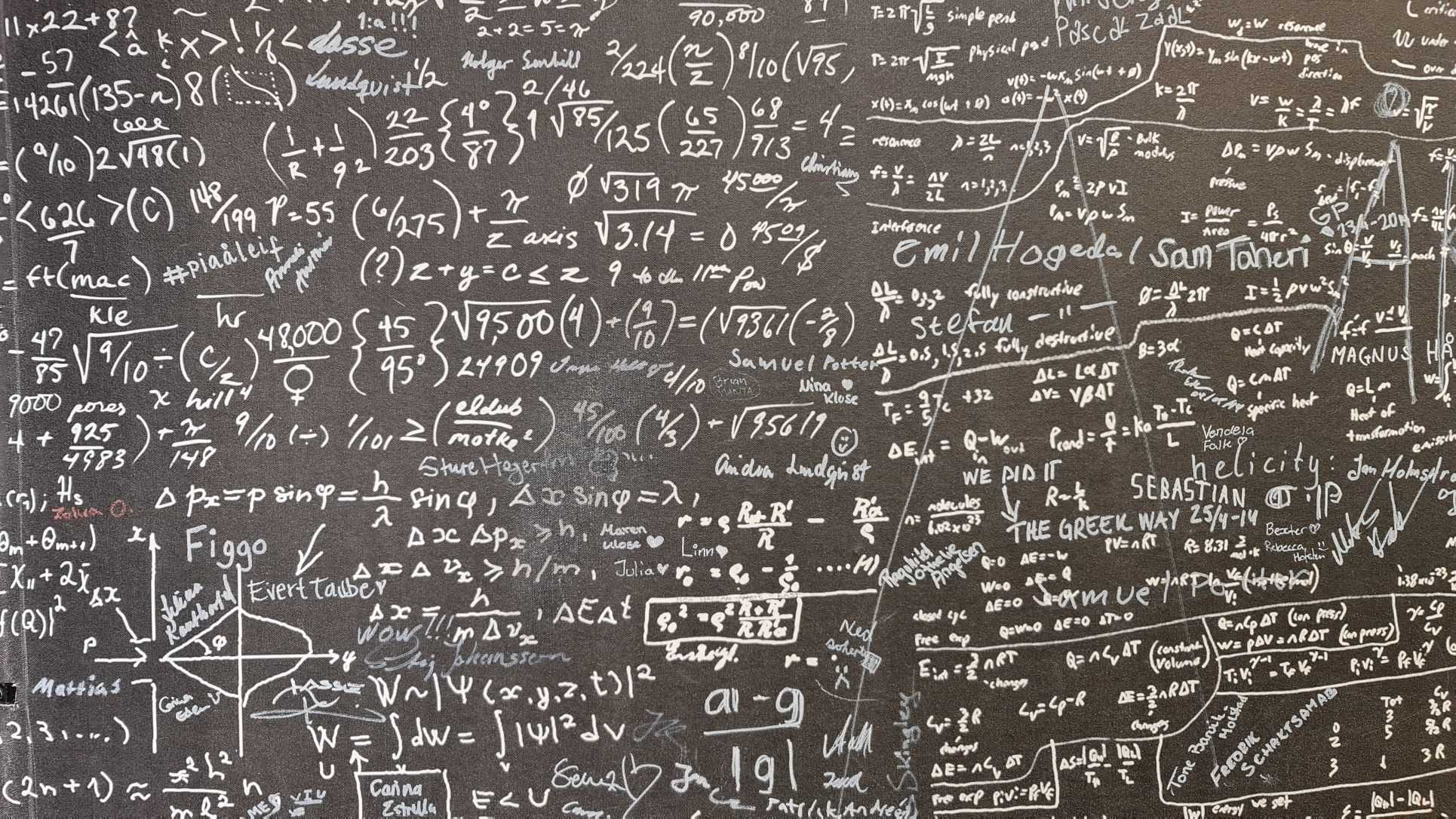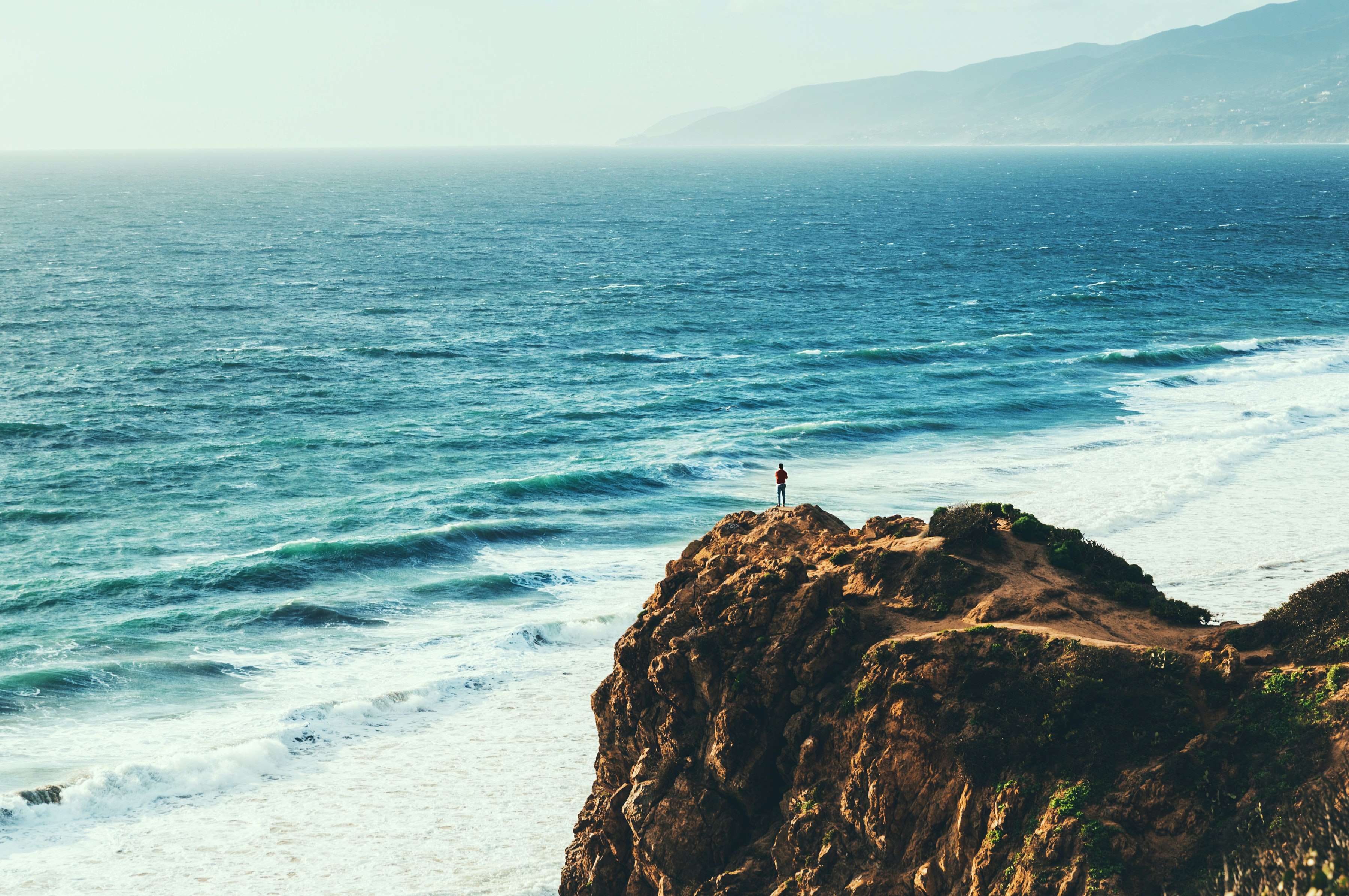Racing Concept of the Month #6
The “racing concept of the month” articles are way of sharing the general racing knowledge that has been developed over the decades in the Martin 242 fleet – this is the sixth of a series (ok...not quite montlhy). All are loosely based on the excellent content in this article by Michael Clements.
The Lesser-Known Martin 242 Crew Jobs
There are several well known and important crew roles when racing a Martin 242:
Main – the person that trims the mainsail,
Jib – the person that trims & tacks the jib,
Spinnaker – (hope you can see where this is going by now…) the person that trims the kite,
Pit (aka “Cabinback”) – the person who operates all the lines running back to the cockpit, most importantly pole up/down and spinnaker halyard,
Foredeck (aka “Pole”) – the brave soul who wrangles the spinnaker pole during hoists, gybes, and douses; and finally:
Helm – the person who sits at the back and makes all the mistakes.
In a well-oiled race crew this is usually four people, but you can get by with three.
But wait! There’s more! A successful race crew relies on several other critical but often overlooked roles. Some of these are outlined below, roughly organized by race phase.
Pre-Start
Strategist
The strategist’s main job before the start is to make a plan for the start and the first leg – where to start on the line and relative to the rest of the fleet, which side of the course to favour, etc. This is ideally thought out well before the first starting gun and discussed with the helm and the rest of the crew so everyone’s on the same page. In the last 1-2 minutes before the start I find it counter productive to provide too much input to the helm, so anyone in charge of tactics might pipe up if there’s any emergency, a major unexpected change in conditions, or some other sneaky situation not apparent to the helm; otherwise you need to trust the helmsperson and let them rely on their well-honed instinct without too much distraction.
Ok Skip, here’s the plan – it’s real simple
Photo by Thomas T on Unsplash
Time and Distance caller
This is probably the second most important role pre-start (behind the bozo on the tiller of course). This is usually one of the trimmers that sits close to where the electronics are mounted and knows how operate all the devices. Be consistent and clear in calling time; I like every minute down to 2minutes, every 30sec to 1 minute, every 10 seconds to 10 seconds, and every second in the final 10 seconds. If you have a fancy GPS device where you can ping the ends of the line, you can intersperse the time info periodically with distance to the line on final approach. I find it better to communicate distance in boatlengths since this is much easier for the helm to absorb than meters or feet – so the caller needs to be able to convert numbers quickly to boatlengths on the fly. It often also makes sense to have this person manage the VHF radio & listen to any RC chatter – most critically ear glued to the VHF right after the start to listen for anyone OCS.
Race Manager
This job is about keeping track of the big picture – what’s the course? How many laps? Which start is for our fleet? Memorize the key part of the sailing instructions. This should also include knowledge of factors that might have some strategic considerations – what’s the tide doing? Weather forecast? In a series – who are your nearest competitors? What is the series score
Suggested Pre-start Roles
Crew 1 – Helm
Crew 2 – Main, Strategist
Crew 3 – Port Jib, Race Manager
Crew 4 – Starboard Jib, Time and Distance
Upwind Leg
Tactics
It can be hard for boat owners or skippers on the helm – who are often the most experienced crew member – to find someone they can 100% trust to call tactics, but I think it’s super fast to have a helm that can focus on driving the boat fast through the water upwind and leave the decisions on which way to go and when to tack to someone else. The main trimmer is in a perfect position for calling tactics as they’re sitting right next to the helm so the communication is easy. The helm’s job can then be to get a good start, drive fast, and keep maneuvers smooth & fast. The exception is in any close quarters maneuvers near other boats (lee bow tacks, ducks, mark roundings) the helm needs to take charge as there won’t be time for too much back and forth between helm and tactics. The tactics person should also be focused on relative performance between you and other boats: are we higher/lower/faster/slower relative to close competitors.
Wind Shift Guru
It’s a good idea to have someone whose job it is to keep an eye on wind shifts via a compass. If it’s an electronic compass this person should know how to set average headings on each tack and when these need to be reset. The goal is to be able to tell whether the current heading is lifted, headed, or neutral and by how much at any time. The advantage of also having this be the race management/big picture person is they can often incorporate what they know about weather or tide changes in predicting future shifts better. I think it’s better if this is not the same person calling tactics so they can focus on just wind phase and not all the other tactical factors.
Up 10!
Photo credit unknown
Puff Caller
In any kind of breeze, I find this job is very important to keep a M242 going quick. Giving the helm a bit of advance notice about an upcoming puff lets them get ready to depower on the traveler. Getting knocked over by a puff sends the boat sideways fast! A missed puff resulting in helm being slow on the traveler and the boat heeling 5-10 degrees is probably worth ¼ to ½ a boatlength in forward distance. Do this a few times per beat and you’re 2-3 lengths behind the leaders even if you do everything else right. The helm is typically focused mostly on telltales and waves directly in front of the boat – and not looking upwind for upcoming puffs – so somebody else needs to be on this. There is an awesome old article here by America’s Cup legend Moose McClintock that goes as deep as you’ll ever want on how to spot and call puffs. If you’re a less experienced crew member you might be a bit nervous about making mistakes when calling puffs, but I always prefer to have more feedback here than less, even if it’s wrong. It’s easy to get yourself ready for a puff and not react if it never ends up hitting. You don’t have to perform at an elite level like Moose does, but at least any obvious puffs coming should be called out. A simple “looks like a puff in 5…3-2-1 puff on” is invaluable. Then start making more risky calls from there: “Maybe a puff in 10? Nope nevermind” is fine “Puff in 5, looks like a lift. 2-1-Oops big knock” is fine too. Err on the side of too much information and the helm will (gladly) tell you to shut up when it’s too much. The person sitting furthest forward in the cockpit often has the best view.
Puff On!
Photo by Austin Neill on Unsplash
Suggested Upwind Roles
Crew 1 – Helm, Traveller
Crew 2 – Main, Tactics
Crew 3 – Port Jib, Wind Shifts, Race Management
Crew 4 – Starboard Jib, Puffs/Lulls
Downwind
Kite Whisperer
The most important thing here is whoever’s flying the kite should be 100% flying the kite, and no other roles should be assigned! Keeping the chute pulling at full power requires constant attention. You need someone with the unflappable focus of a zen-yoga-monk-brain surgeon flying your kite. I like to trim both sheet & guy together as I find it gives better overall trim and faster response, but this is personal preference. Plenty of crews have someone different on the guy & sheet. Communication between kite trim & helm is critical however – in a lot of the ways the kite trimmer is driving the boat. If it’s soft, helm should be heading up for power. When the kite’s pulling in a puff, helm should be bearing off. Because the helm tends to be quite well balanced in a M242 downwind, the kite trimmer has by far the best feel for this, so you need to speak up!
Ideal M242 Spinnaker Trimmer
Photo by Carl Newton on Unsplash
Puff Caller & Dirty Air Alarm
The bow is perfectly positioned to turn around when they’re done with the pole and look upwind for puffs and regions of bad air from other boats. Calling puffs downwind can be much trickier than upwind – as Moose explains in the link above there’s fewer puffs because you’re running away from them, and there’s a chance that puffs dissipate as they approach, or you outrun them so they never reach you. Still, just like upwind, preparing the helm and trimmer for puffs, and trying to keep the boat in stronger pressure is incredibly important. The trick to knowing if you’re sailing in someone’s dirty air is to look at the other boat’s windex. Is it pointing directly at you? You’re probably in bad air. Your own windex can lie to you as it’s sometimes harder to see where exactly it’s pointing upwind.
Dirty Air Alarm!
www.flaticon.com/free-icons/urgent created by Freepik - Flaticon
Tactics
Same note applies to tactics as upwind – although steering the boat fast downwind is not quite as taxing as upwind, it’s still better to have the helm focused on steering and have someone else decide where to steer to. (To where to steer? Whither to steer?)
Spaghetti
After a hoist at the windward mark there’s always a huge tangle of lines in the cockpit. Not taking the time to clean up and organize these lines will lead to disaster during the takedown at the leeward mark. Whoever’s not steering the boat, up at the bow, or trimming the kite should be on spaghetti duty – clean up all the lines so they run! This is an important enough job that if sailing with only 3 the bow should scoot back to the cockpit between gybes, clean everything up, then head back to the bow.
Suggested Downwind Roles
Crew 1 – Helm, Main
Crew 2 – Spin Trim
Crew 3 – Bow, Puffs/Lulls/Dirty Air
Crew 4 – Tactics, Race Management, Spaghetti
It’s a great idea to try and get your crew involved in some of these lesser-known racing roles. An interested and engaged crew that feels like they’re contributing are much more likely to stick around!
-written by Reto

